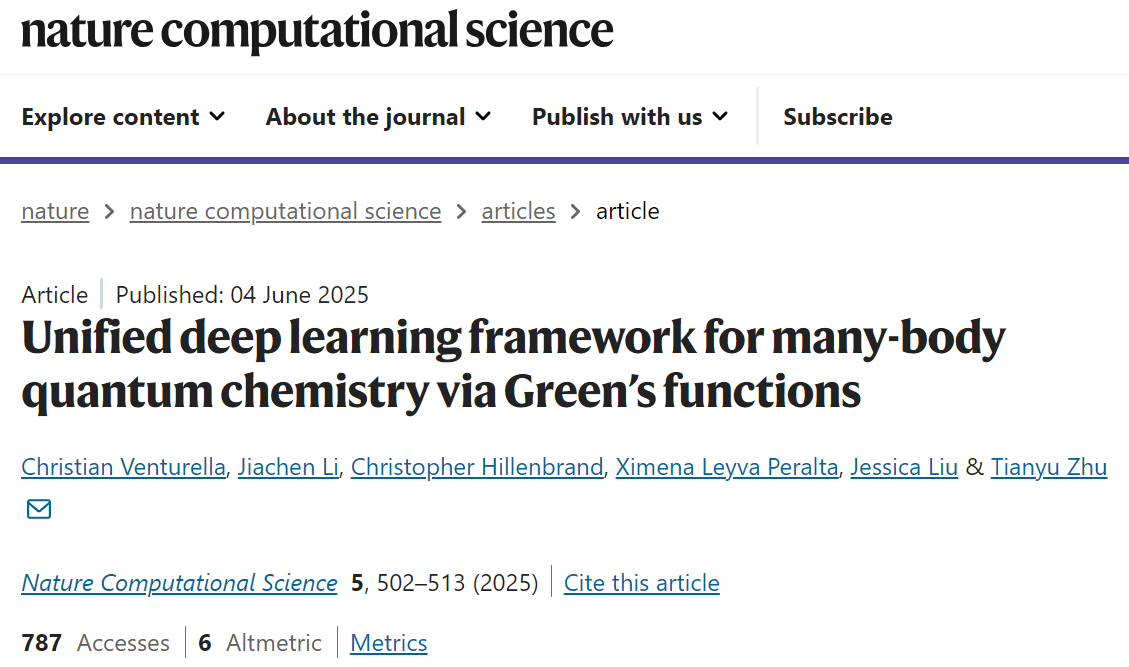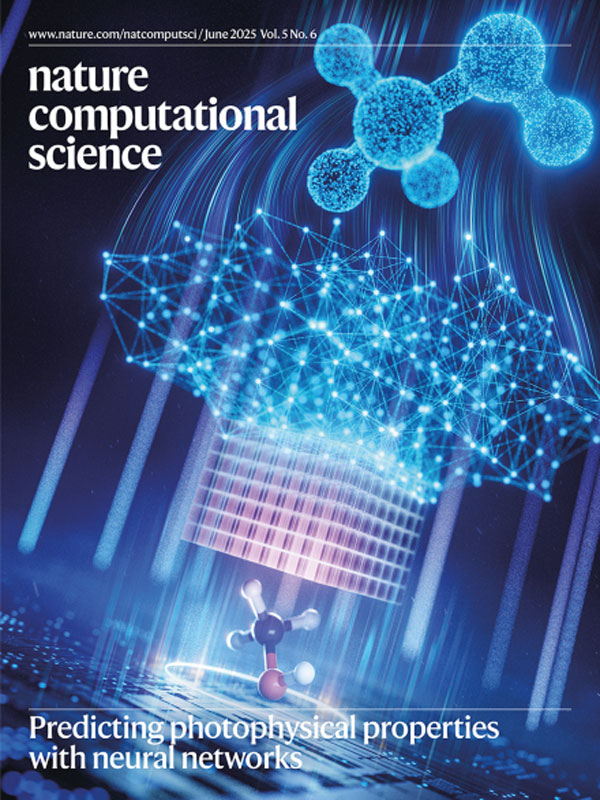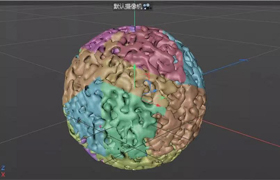Nature Computational Science
Jun 27,2025
The image designed by Sphere Studio is selected as the Cover of Nature Computational Science in June 2025.

Predicting photophysical properties is an important task in materials science and chemistry, albeit a challenging one due to its high computational demands. In this issue, Venturella et al. present a graph neural network that accelerates quantum simulations of both ground and excited states across a broad spectrum of molecules and nanomaterials. By harnessing Green's function theory, the model accurately captures many-body physics to unify the prediction of key photophysical and electronic properties, while simultaneously enhancing data efficiency, scalability, and generality. The cover image depicts a neural network supported by a Green's function matrix, symbolizing the encoded information of a molecule’s interaction with light.

Abstract
Quantum many-body methods provide a systematic route to computing electronic properties of molecules and materials, but high computational costs restrict their use in large-scale applications. Owing to the complexity in many-electron wavefunctions, machine learning models capable of capturing fundamental many-body physics remain limited. Here we present a deep learning framework targeting the many-body Green’s function, which unifies predictions of electronic properties in ground and excited states, while offering physical insights into many-electron correlation effects. By learning the many-body perturbation theory or coupled-cluster self-energy from mean-field features, our graph neural network achieves competitive performance in predicting one- and two-particle excitations and quantities derivable from a one-particle density matrix. We demonstrate its high data efficiency and good transferability across chemical species, system sizes, molecular conformations and correlation strengths in bond breaking, through multiple molecular and nanomaterial benchmarks. This work opens up opportunities for utilizing machine learning to solve many-electron problems.
PREV: empty
NEXT: empty
